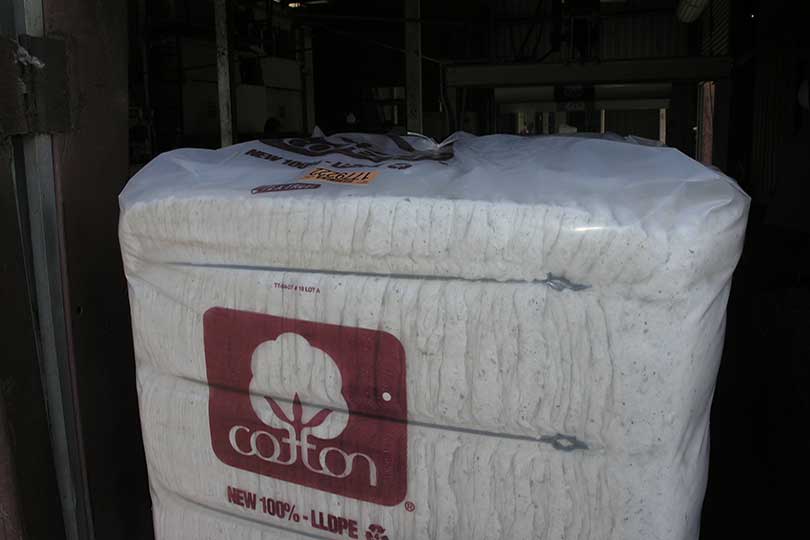Ranked high in the world in quality, U.S. cotton is in demand for manufacturing yarns and fabrics needed for top-of-the-line textiles. Although the U.S. cotton reputation has set a high mark, industry leaders are striving for further reduced cotton contamination.
“We’re one of the least contaminated cotton exporters in the world,” said Bill Norman, vice president of Technical Services for the National Cotton Council (NCC). “So with that reputation, it’s a surprise when samplers find contamination. For countries with higher incidences of contamination, mills expect and prepare for it.”
According to Southwest Farm Press, about 70 percent of the foreign matter found in the country’s cotton is plastic. The most common contaminant is module wrapping, but shopping bags and other non-agriculture materials are also found.
Because of the lack of contamination in U.S. cotton, foreign mills assign fewer inspectors to test the samples compared to cotton received from other countries, according to Southwest Farm Press. But U.S. cotton leaders want to increase quality and strive for ‘‘zero tolerance’’ contamination. It was a core message at a recent American Cotton Producers/Cotton Foundation joint meeting in Lubbock.
“Preventing contamination is a top priority for the council,” said Shane Stephens, chairman of the NCC.
To improve the quality, cotton industry leaders plan to increase education on identifying and reducing cotton contamination for farmers, module manufacturers and gins.
“We’re seeing black plastic and red thread. That thread comes from polypropylene twine used for module tie-downs. It’s cheap. We also see some from baling twine,” Norman said.
With technology advancements and the development of round cotton bales, the NCC plans to work with John Deere to “discuss how to better manage round bale wraps,” Norman noted.
Another solution is to improve handling at the gins.
“We will see more round bales coming in to gins, so we need more training about how to properly handle them,” Norman says.

